Tahltan Bear Dogs and Pueblo Indian Dogs
The Tahltan bear dogs were found mostly with the Tahltan Indians of the
Pacific Northwest territories in Canada, but they traded their dogs with
many other tribes around them. These same small, shorter haired dogs were
also found in the southwestern Indian groups of America. I was always
amazed at how similar these two types were from Indian groups so far apart.
Now with new research and talking with Tahltan Indians, we now know that
these are actually related cultures with the same languages and traditions.
The Tahltans, Navaho and southern Apache used to make long trips for trading
and cultural exchanges, so this explains the obvious similarities of their
dogs. There was also a small longer haired dog found in the southwest
that seems to be very similar to the Hare Dogs found just in the northeastern
parts of the continent. This brings up the possibility of the Tahltans
or Northeastern tribes also trading these dogs with the Southwestern tribes
or through the Plains groups.
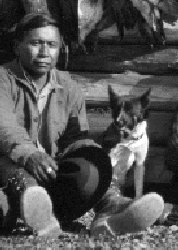
The last Tahltan Indian Dog in the Canadian Kennel Club Registry
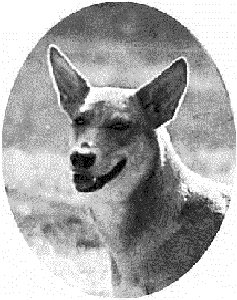
Tahltans were smaller than the Plains dogs by about 2 to 3 inches

They had
huge ears and shorter hair,
very simaler to the Pueblo Dogs
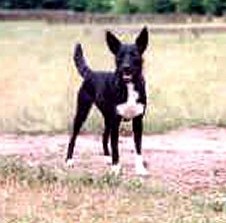
Tahltan lines used in the American Indian Dog breeding program years ago

One of the modern Tahltan lines within the A.I.Dogs bloodlines
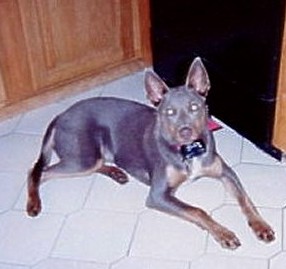
Notice big ears, short hair and old “lead” color in modern American Indian dog lines
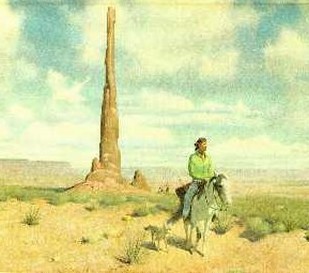
Notice the smaller size to the Common and Plains and the sable markings
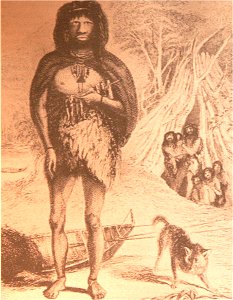
The Pueblo
Dogs were found all the way
down into South America
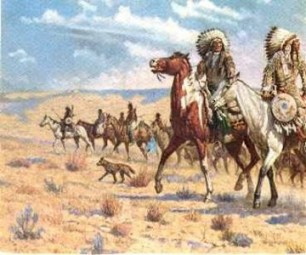
The southern Navaho and Apache tribes had the small Pueblo Dogs
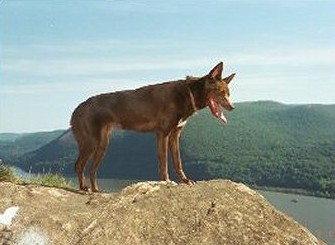 Notice
the similarities of the modern American Indian dog with
Notice
the similarities of the modern American Indian dog with Pueblo lines to the old.
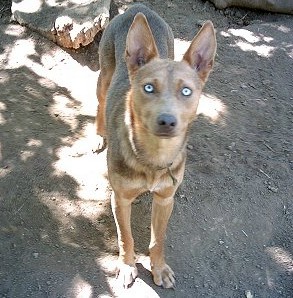
“Dream Catcher” shows that very typical Old Pueblo Indian Dog look
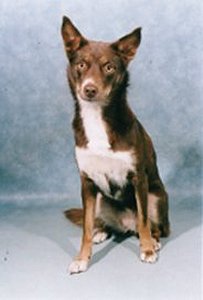
The Pueblo are very closely related to the Northern Tahltan Indian Dogs
Our respective bloodlines are alive and well within our breeding program and the Tahltans themselves have a breeding program they are keeping safe. So hopefully they won’t become just another political game for the big name dog registry’s that seem to enjoy ruining every breed they can get their hands on, starting with the rare breeds.
Click
on the links below to see articles and photos of both the
old and new American Indian Dogs.
